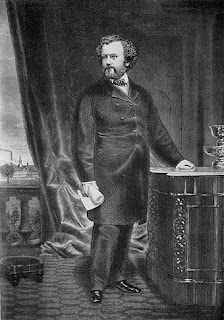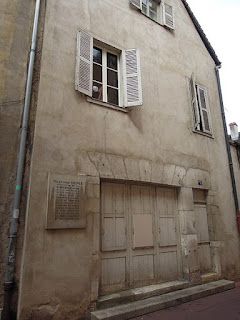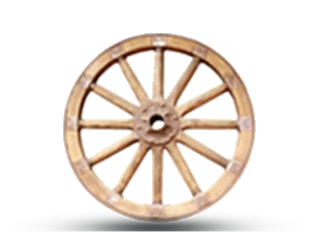History of Samuel Colt
Samuel Colt (/koʊlt/; July 19, 1814 – January 10, 1862) was an American inventor, industrialist, and businessman who established Colt's Patent Fire-Arms Manufacturing Company (now Colt's Manufacturing Company) and made the mass production of revolvers commercially viable.Colt's first two business ventures were producing firearms in Paterson, New Jersey, and making underwater mines; both ended in disappointment. His business affairs improved rapidly after 1847, when the Texas Rangers ordered 1,000 revolvers during the American war with Mexico. Later, his firearms were used widely during the settling of the western frontier. Colt died in 1862 as one of the wealthiest men in America.
Colt's manufacturing methods were sophisticated. His use of interchangeable parts helped him become one of the first to use the assembly line efficiently. Moreover, his innovative use of art, celebrity endorsements, and corporate gifts to promote his wares made him a pioneer of advertising, product placement, and mass marketing.
During 1835, Samuel Colt traveled to the United Kingdom, much as had Elisha Collier, a Bostonian who had patented a revolving flintlock there that achieved great popularity.Despite the reluctance of English officials to issue a patent to Colt, no fault could be found with the gun and he was issued his first patent (number 6909). Upon his return to America, he applied for his U.S. patent for a "revolving gun"; he was granted the patent on February 25, 1836 (later numbered 9430X). This instrument and patent number 1304, dated August 29, 1836, protected the basic principles of his revolving-breech loading, folding trigger firearm named the Colt Paterson.
With a loan from his cousin Dudley Selden and letters of recommendation from Ellsworth, Colt formed a corporation of venture capitalists in 1836 to bring his idea to market. With the help of the political acquaintances of these venture capitalists, the Patent Arms Manufacturing Company of Paterson, New Jersey, was chartered by the New Jersey legislature on March 5, 1836. Colt was given a royalty for each gun sold in exchange for his patent rights and stipulated the return of the rights if the company disbanded.
Colt never claimed to have invented revolvers; his design was a more practical adaption of Collier's earlier revolving flintlock incorporating a locking bolt to keep the cylinder aligned with the barrel. The invention of the percussion cap made ignition more reliable, faster, and safer than the older flintlock design. Colt's great contribution was the use of interchangeable parts. Knowing that some gun parts were made by machine, he envisioned all the parts of every Colt gun to be interchangeable and made by machine, to be assembled later by hand. His goal was an assembly line. This is shown by an 1836 letter that Colt wrote to his father in which he said,
The first workman would receive two or three of the most important parts and would affix these and pass them on to the next who would add a part and pass the growing article on to another who would do the same, and so on until the complete arm is put together. Colt's U.S. revolver patent gave him a monopoly of revolver manufacture until 1857. His was the first practical revolver and the first practical repeating firearm, thanks to progress made in percussion technology. No longer a mere novelty weapon, the revolver became an industrial and cultural legacy, as well as a contribution to the development of war technology, represented ironically by the name of one of his company's later innovations, the "Peacemaker".....
Thanks for reading.....




Comments
Post a Comment